We work with many clients who want to be able to measure the ROI of investing into water saving washroom equipment such as waterless urinals or water saving taps. Understandably, financial directors often require proof of the likely ROI before signing off the capital expenditure involved in a washroom refit. In this blog I’m going to outline the process for doing this using the example of a major chain of service stations, who have installed our CONTI+ Ultra water saving taps which use up to 70% less water than traditional taps.
In order to measure the ROI they would achieve from installing water saving taps, the company first needed a clear idea of their existing water usage. We took one service station and installed water meters (two measuring hot water consumption and two measuring cold) in two banks of tap ranges. We used these to measure hot and cold water consumption over a period of 10 weeks.
- The results showed that prior to the installation of water saving taps the site used 252.6m3 of water over the ten week monitoring period (150.3m3 of cold water and 102.3m3 of hot water).
We then installed 15 CONTI+ Ultra taps and measured the water consumption for a further 10 week period. We were then able to compare water consumption before and after the installation of the taps. Ten weeks is generally long enough to be representative and so we were able to extrapolate from that what the saving would be over the course of a year.
- The results showed that after the installation of water saving taps the site used 51.5m3 of water (28.1m3 of cold and 23.4m3 of hot).
- This is a saving of 201.1m3 water over a ten week period which equates to a saving of 1,045.72m3 over a full year – a reduction of almost 80%.
- At the time of the test the company was paying £1.705 per m3 for their water so this reduction in water use equates to £1,782.95 over the year for a single washroom.
The company also wanted to know what their total hot water saving was for the test period, in terms of the energy that they had saved due to the reduction in hot water usage. For this we calculated the cost of the hot water used, assuming it was all heated in one hour, and then multiplied this by a diversity factor of 12 to take into account the fact that the facility is open 24 hours a day. This is a conservative estimate, rather than multiplying by 24, to take into account that usage will vary according to the time of day.
- Over the course of the 10 week trial the company cut hot water usage by 78.9m3, which equates to a reduction of 410.28m3 (or 410,280 litres) over a year, the equivalent of 1,124 litres saved per day.
- It takes 59.2 kwh of energy to heat 1,124 litres of water if heated in one hour.
- The service station chosen is a remote site using LPG rather than natural gas. One litre of LPG produces 6.9kwh and cost £0.178 per litre so the company saved at least £4.02 per day in heating costs.
- The total saving on the cost of heating water is £1,467.30 over the course of a year.
Using these figures we were able to calculate that the water saving taps would save a total of £3,250.25 per year (£1,782.95 in reduced water usage and £1,467.30 in heating costs) and pay for themselves within 16 months from installation. This figure takes into account the cost of running the trial and the metering too, as there is obviously a cost associated with installing meters that needs to be factored in when calculating ROI.




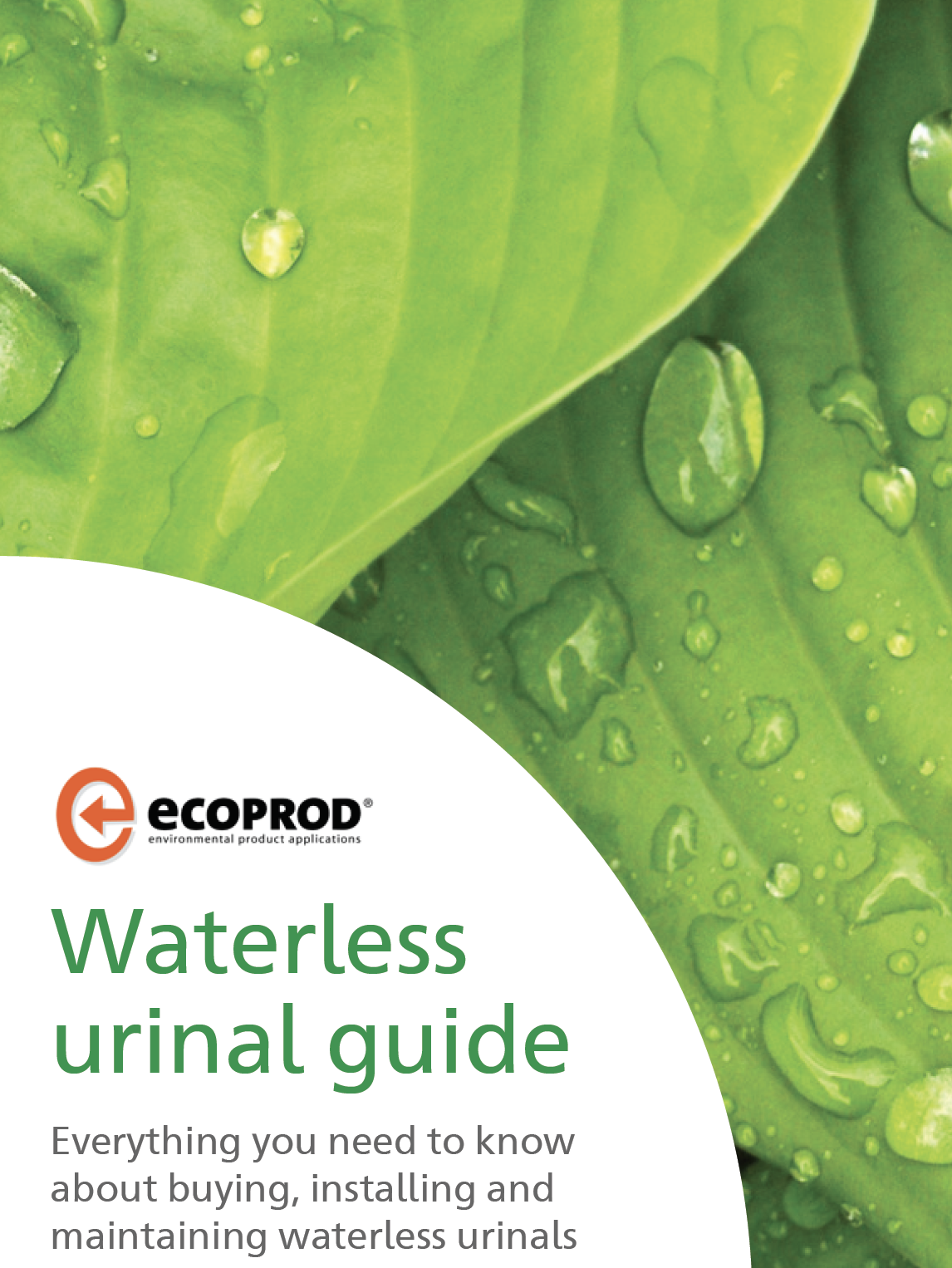
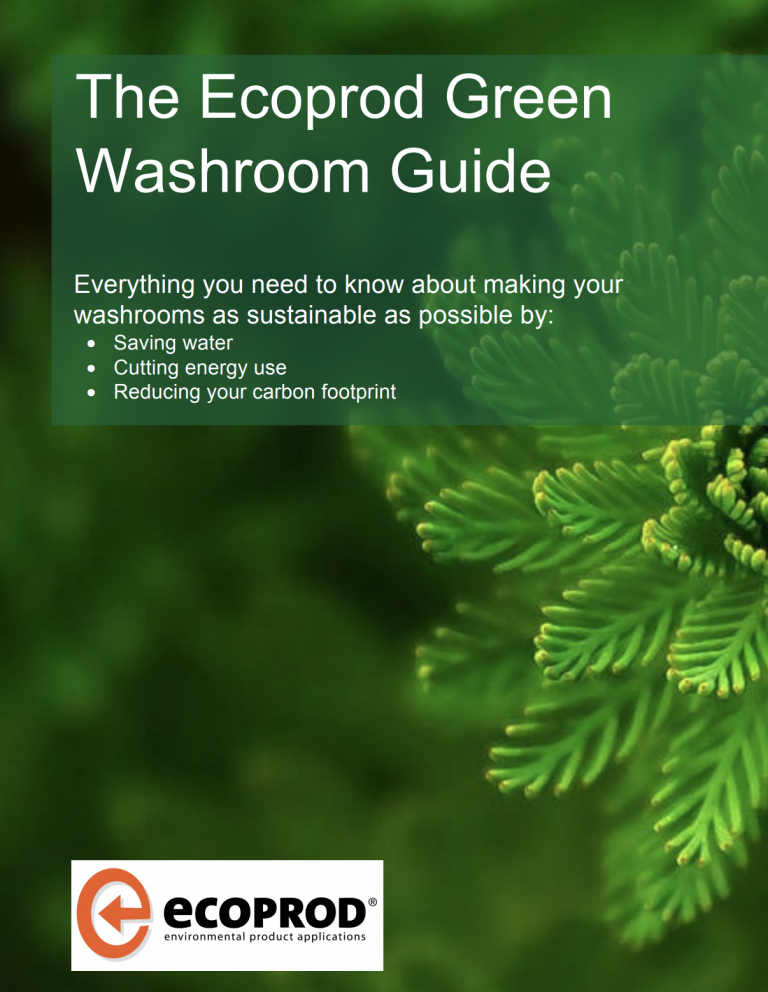

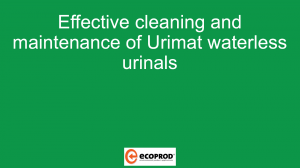





 For the last 8 years Robert Summer – Head of International Sales and Marketing – has developed structured distribution network worldwide for CONTI+ brand. The products offer great benefit for washrooms and shower rooms for public, semi-public and health sector. Today, sustainability, hygiene and smartness are key to CONTI+ solutions. Robert lives the brand and its USPs and loves to support and motivate his team on a daily basis.
For the last 8 years Robert Summer – Head of International Sales and Marketing – has developed structured distribution network worldwide for CONTI+ brand. The products offer great benefit for washrooms and shower rooms for public, semi-public and health sector. Today, sustainability, hygiene and smartness are key to CONTI+ solutions. Robert lives the brand and its USPs and loves to support and motivate his team on a daily basis.




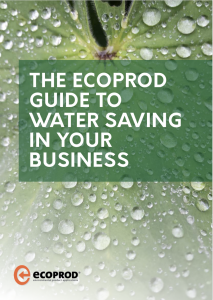
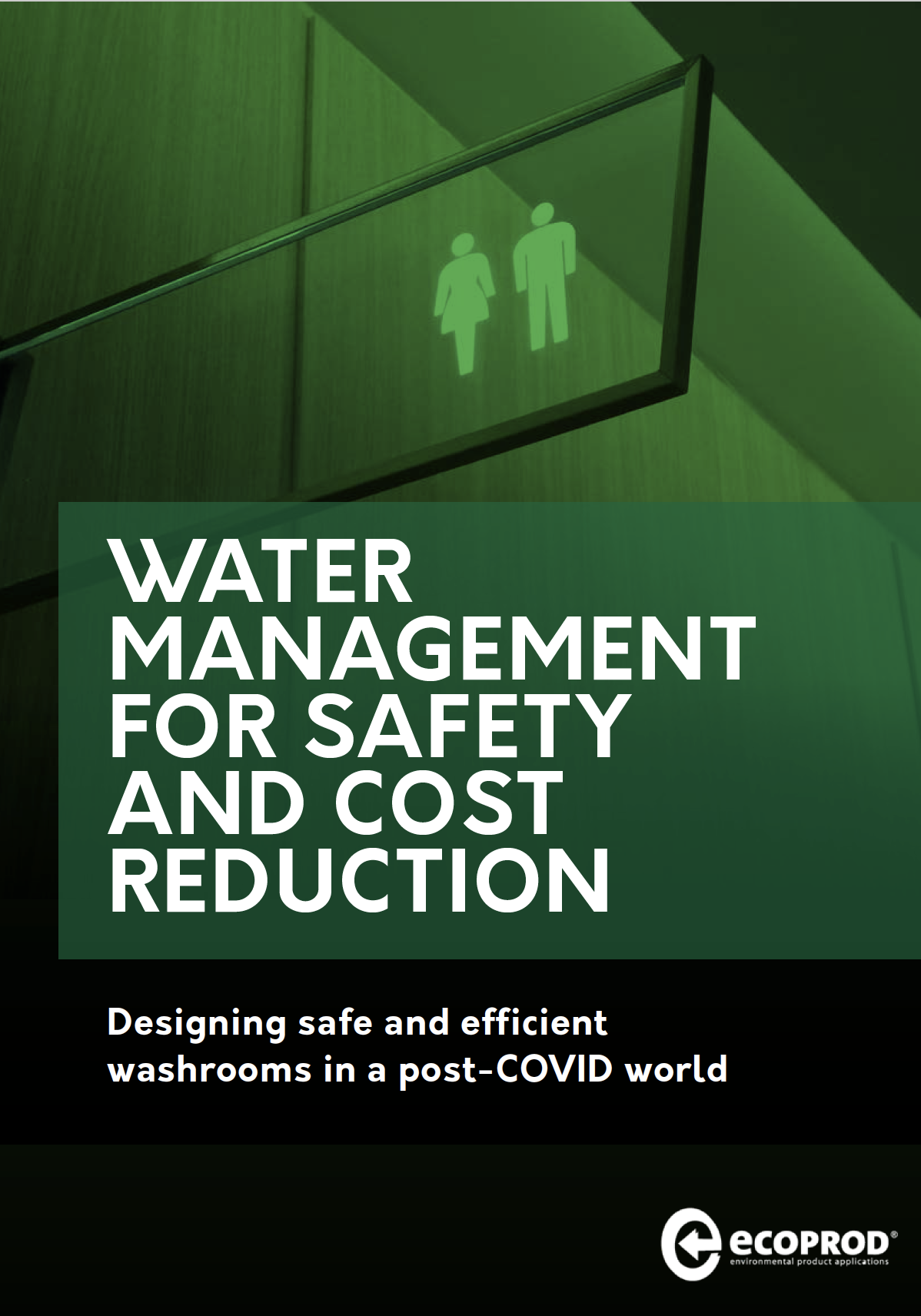

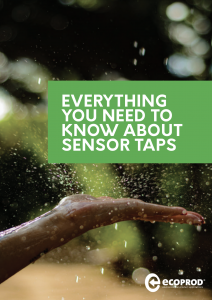


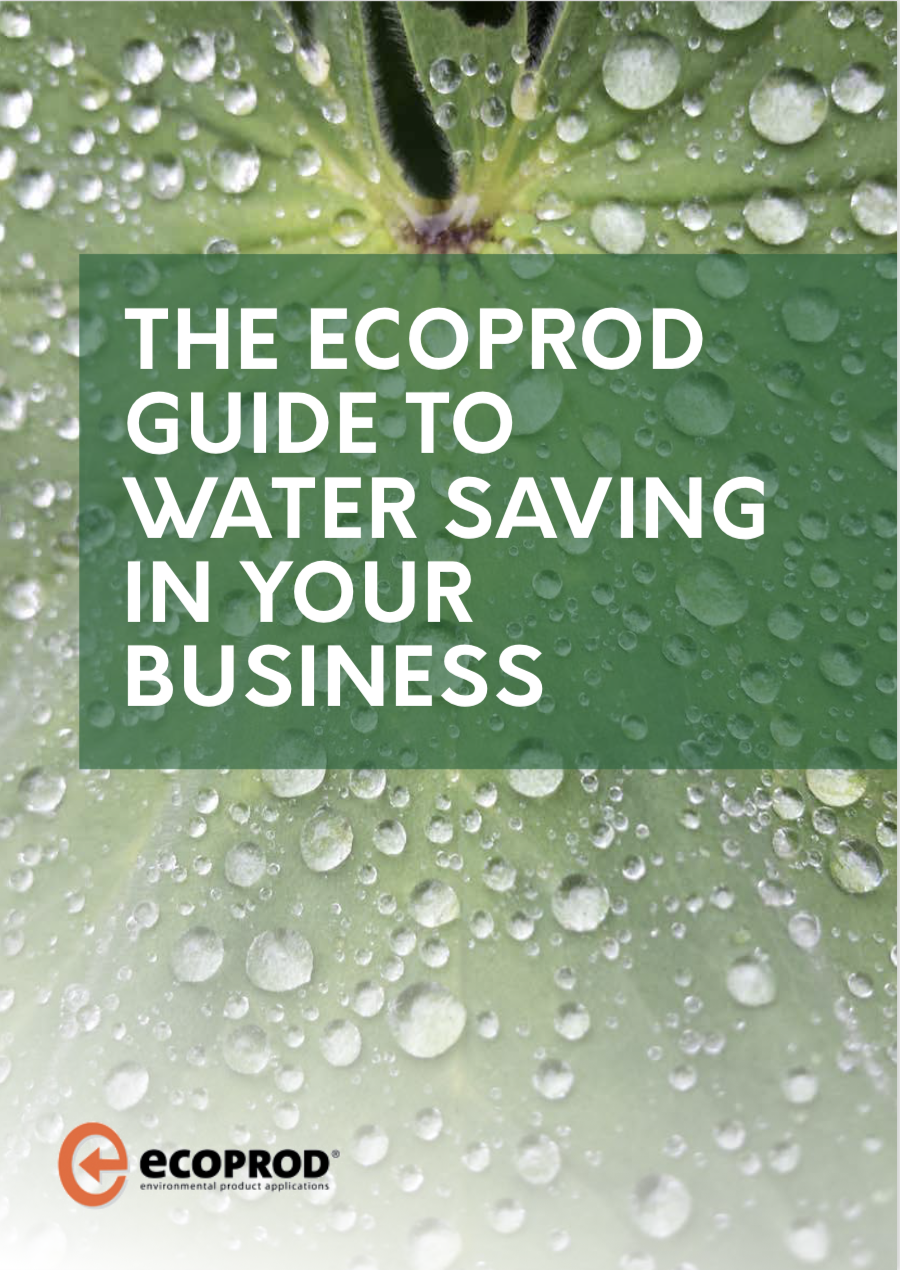
Comments are closed.